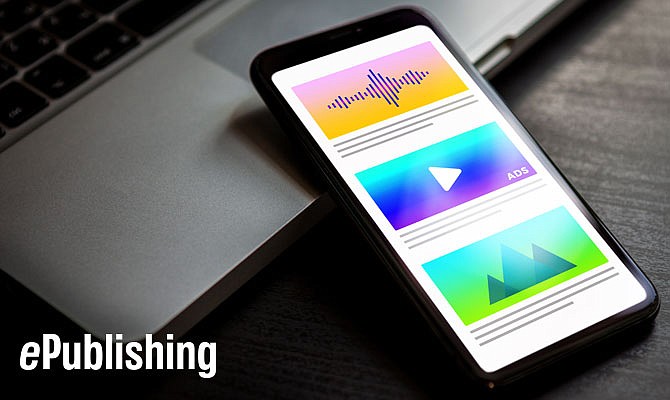
News
Find the Money, Part I
August 27, 2013

News
August 27, 2013
As a publisher, you’re likely focused on quality content and audience engagement. But, your business is also about generating revenue—an effort that isn’t as straightforward as it used to be. Sometimes, it’s easy to lament that fact, but sometimes it’s also really easy to get excited about the variety of opportunities presented in the transformation of the media world. Out of change comes innovation and out of innovation comes revenue.
Today’s blog is our first installment in a series discussing the opportunities presented for new revenue-generating models in the media and publishing world. There are interesting ideas out there and some of the most compelling are coming from those long-time institutions on the brink of major change. We touched on this recently in BtoB Thriving when we looked at what acquisitions of iconic media publications tell us and what they don’t.
With the sale of the Washington Post, it’s only natural that the paper’s culture has a reflective tone. Walter Pincus, national security journalist for The Post and respected member of the media, recently shared some insights on where he sees opportunity in the changing media landscape.
Pincus began by pointing out a few qualities of the new media culture worth noting:
Pincus also offered some pointed and compelling ideas for where the money is:
It’s in collaboration and inter-media mingling that presents new and engaging content. In the past, Pincus has combined print newspaper with news television. He also sees ample potential in combining print reporting assets with video and programming expertise.
How does all this apply to you and your website?
First, it reinforces the paramount importance of using your audience data to understand your readers and present contextually relevant content.
Second, it reminds us that while opinions have their place, if you give your readers useful, factually supported information they will keep coming back—and stay a little longer.
But there is more to it than that. Key pivot points for keeping up with the current culture include building on local topically targeted information and taking charge of the changing landscape of advertising.
Want an example? Check out what award-winning Indiana Business Journal is doing.
Using the ePublishing taxonomy system, IBJ dynamically delivers pages and search results focused on a specific topic or geographic area with content related to ads, events and multimedia (including sharp video and image galleries). IBJ readers easily tap into the local pulse with dynamic event listings, multiple blogs and interactive commenting.
Meanwhile, IBJ is finding ways to fill in the gap left by the decline in print advertising. Through event listings, targeted eNews and Alerts and multiple ad formats, advertisers gain relevant audience insights, create a direct line to their target audience and reach readers in the way they prefer.
The new HousingWire.com provides another great example of how to leverage local and advertising for greater audience engagement and increased value for advertisers. Readers use onsite tools that give them housing information, specific to the neighborhood and the current housing economy. Advertisers choose from free and paid directory listing options and reach their audience through two targeted areas, including a National Mortgage Services Guide and the Creditor’s Rights Legal Services Guide.
What drives the success of these tools? Audience behavior. IBJ and Housing Wire know their audiences because they use the data they collect about how people interact with their sites. Having that data not only enables them to provide relevant, timely news and information to readers, but also increase value to advertisers and sponsors—by providing them a more direct and innovative line to readers. As advertisers and sponsors take advantage of these unique opportunities, you gain more of your own.
But how does inter-media mingling fit into all this?
For a website, it means leveraging multimedia to create a more in-depth, multifaceted reader experience. Using video, images and audio (like podcasts), you can create visually engaging news and provide training and analysis that rivals TV and takes your print assets to another level.
Even if you are working with limited resources, you still have more opportunities than ever. The challenge is to find the best, most innovative and cost effective ways to combine them for your audience. And, why not ask if there are ways for you to join forces with others to make the best of what you do even better?
When you think about it in these terms, the money starts with effective use of your audience data to build strong local or topically relevant content and innovative advertising opportunities that use the best combination of multimedia and collaborative efforts. Maybe finding the money isn’t so hard after all.
We’ll keep sharing ideas and success stories with you.